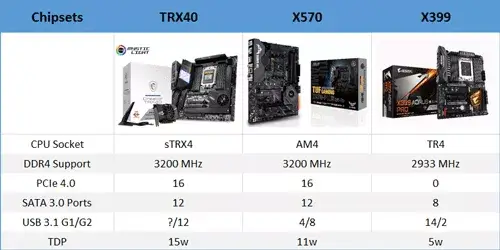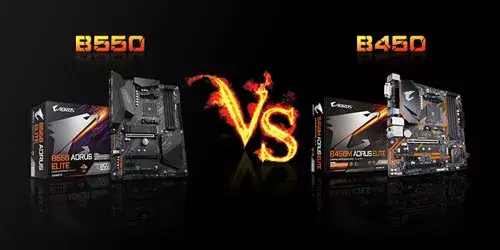Latest - Compare the Differences of Intel Z390 vs Z490 Chipsets
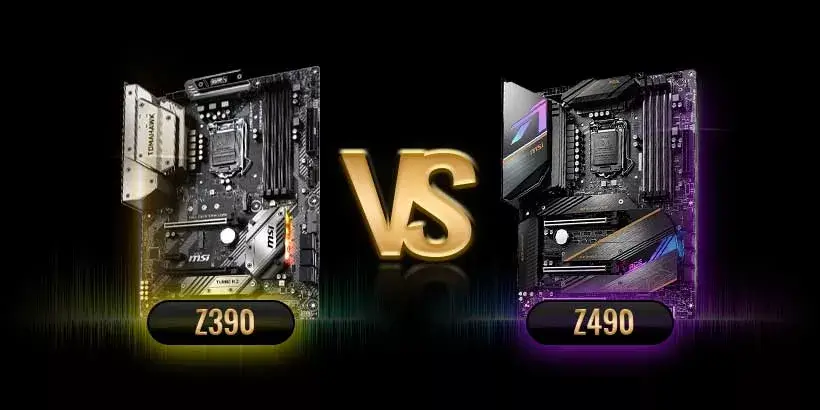
Recently, Intel released the Z490 chipset, which is regarded as the high-end chipset prepared for Intel 10th Core processors. And its corresponding previous-generation Core high-end chipset is Z390 chipset. In other words, Z490 chipset will replace Z390 chipset as a new generation of high-end chipset. So, compared to Z390 chipset, what are the improvements of Z490 chipset and what are the differences between these two chipsets? In this article, we will compare Intel Z390 vs Z490 and show you the detailed differences of Z390 and Z490.
Here's a table about the comparison of key specifications of Z390 vs Z490.
| Model | Z390 | Z490 |
|---|---|---|
| Socket Type | LGA 1151 | LGA 1200 |
| Max RAM speed | DDR4 2666MHz | DDR4 2933 MHz |
| PCIe 3.0 Lanes(CPU/PCH) | 16/24 | 16/24 |
| PCI Express 4.0 | No | Yes |
| SATA III | 6 | 6 |
| USB 3.2 Gen2 | 6 | 6 |
| USB 3.2 Gen1 | 10 | 10 |
| USB 3.0/2.0 | 6/14 | 6/14 |
| RAID Support | Yes | Yes |
| Optane | Yes | Yes |
| Intel CNVi Wireless | IEEE 802.11 AC Wave2 | WIFI 6 AX 201 |
| Wired Network Speed | 1.7G | 2.5G |
As we can see from the table, the differences between Z390 and Z490 include socket type, memory frequency support, PCIe 4.0 support, Intel CNVi wireless technology, and LAN speed, etc. Except these, other specifications like SATA RAID support, USB ports, Optane, overlocking are almost the same. Let's take a closer look at the differences between Z390 and Z490 chipset.
1. Difference of Z390 vs Z490: Socket Type
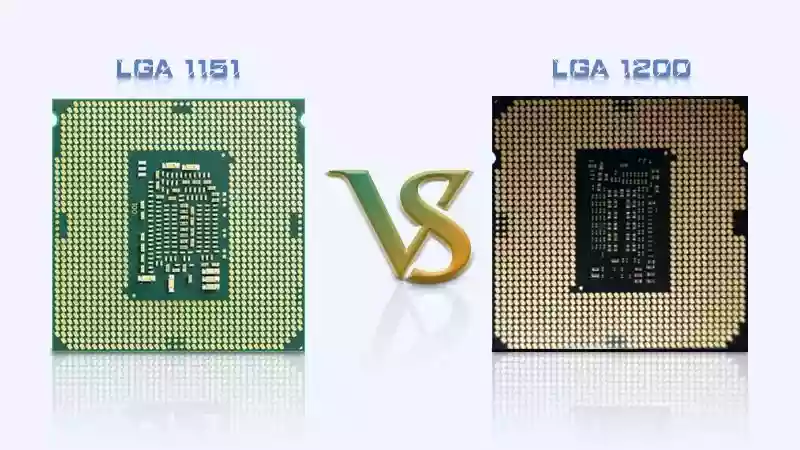
The major difference of Z390 vs Z490 is the socket type. The socket type of Z390 is LGA 1151 while Z490 comes with LGA 1200. LGA 1200 is a compatible socket for Intel Comet Lake processors, which will not have backward compatibility with legacy platforms. That means they are not interchangeable and if you want to use Intel Comet Lake processor, it must be equipped with LGA 1200 motherboard such as Z490. It is very noteworthy when you are intended to upgrade your processor to Intel 10th Core processor.
2. Difference of Z390 vs Z490: Maximum Memory Frequency
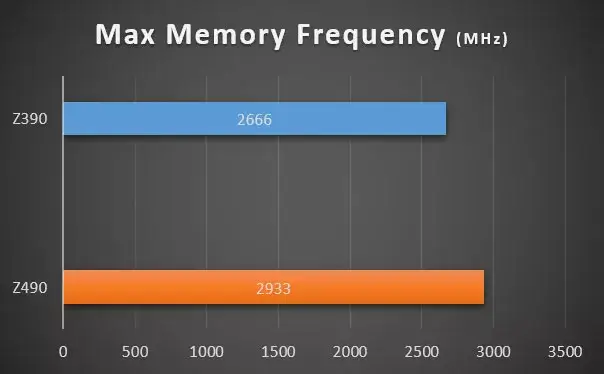
A slight difference between Z390 and Z490 chipset is the maximum memory frequency that they support. The maximum memory frequency supported by Z490 chipset receives a slight increase from DDR4 2666 MHz to DDR4 2933 MHz. But Intel platform is not so sensitive to memory compared with AMD. So, the improvement of performance in reality is negligible. It is worth mentioning that both of Z390 and Z490 support memory overclocking. GIGABYTE Z490 AORUS MASTER chipset that launched recently improves its capability of memory overclocking greatly, which can support ultra-high memory frequency up to DDR4 4800MHz+.
3. Difference of Z390 vs Z490: PCIe 4.0
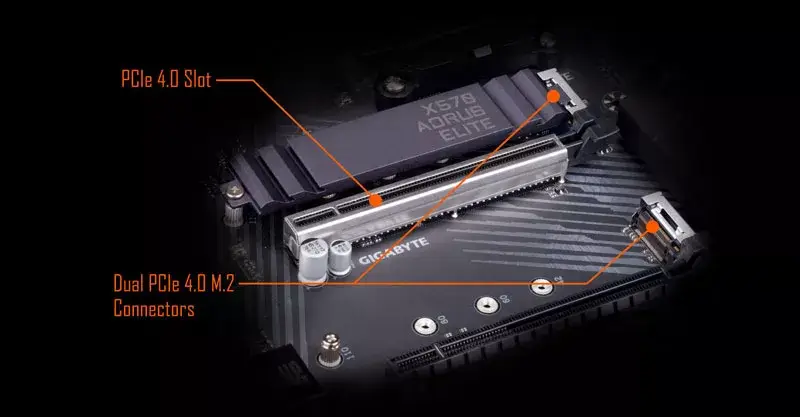
PCIe 4.0 has already been a trend in computer development. The ultra-high transmission rate of PCIe 4.0 interface can dramatically improve the performance of devices such as graphics card and hard disk. After AMD X570 chipset has become the first chipset that supports PCIe 4.0, more and more chipsets support this interface. Z390 chipset doesn't support PCIe 4.0 and the Z490 chipset is Intel's first platform that supports PCIe 4.0. But unfortunately, Intel's 10th generation Core processors don't support PCIe 4.0, so you cannot use it until Intel 11th Core processor is released.
4. Difference of Z390 vs Z490: Intel CNVi Wireless Technology
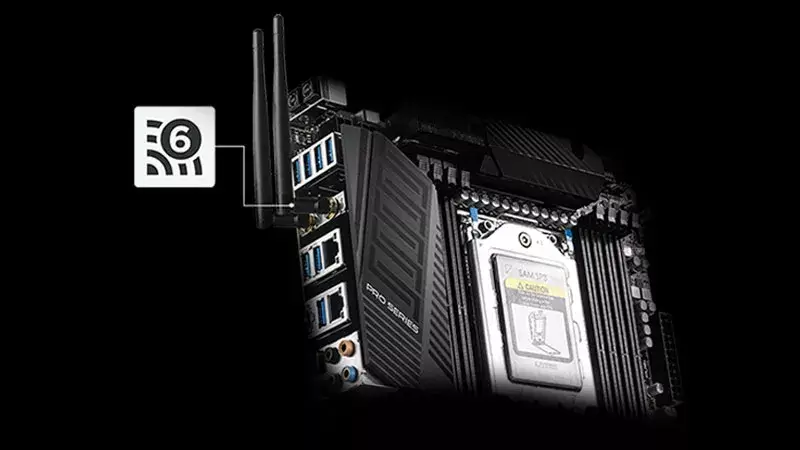
Relative to Z390, another noticeable improvement in Z490 is Intel CNVi Wireless Technology. With the addition of PCIe 4.0, WiFi 6 is built in Z490 chipset naturally. WiFi 6 can not only provide greater data transfer rate and better performance in congested settings, but also it helps conserve power. The IEEE 802.11ac supported by Z390 can provide high wireless connection up to 1.7Gbps while WiFi 6 ax201 technology of Z490 can increase the speed by 30%, up to 2.4Gbps. Although the speed of IEEE 802.11ac is powerful enough, the demand for bandwidth of network applications will certainly increase in the future. Thus, the advantages of Z490 will become more and more obvious.
5. Difference of Z390 vs Z490: LAN Speed
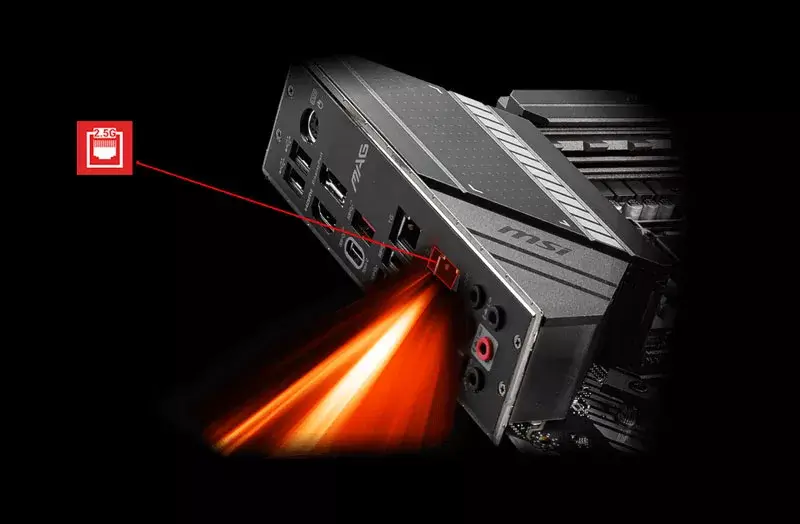
Similarly, Z490 chipset supports greater LAN speed than Z390 chipset does, which is also a remarkable improvement. The LAN speed of Z490 chipset is increased from 1.7 Gbps (the LAN speed of Z390) to 2.5Gbps. Although most users don't have a fast-enough internet connection to saturate 1 Gbps, faster ethernet is still valuable for the transmission in your network.
Bottom Line
To summarize, the differences between Intel Z390 and Z490 chipset include socket type, interface, memory frequency support, wireless network, and LAN network. From the perspective of parameters, Z490 chipset has improvements over Z390 chipset in certain, but generally speaking, the improvement is so slight that it doesn't have much effect in our actual operations. From my opinion, we can regard Z490 chipset as a compulsory upgrade that caters to the Intel 10th Core processors. But the great improvement of Z490 in network can play a great role in the future.
When comparing Z390 vs Z490, there will be a little difference in other aspects if the motherboard manufacturer is taken into consideration. For example, MSI Z390 vs Z490 PRO support different type of monitor ports and have different number of expansion slots. Asus Prime Z390 vs Z490 have different range of memory support and Asus Prime Z390 only supports maximum memory capacity of 64GB while Asus Prime Z490 supports maximum memory capacity of 128GB. Totally, these differences are not so obvious and the main differences have been mentioned above. More details about Z390 vs Z490 motherboard of different manufacturers can be referred to their official websites.




